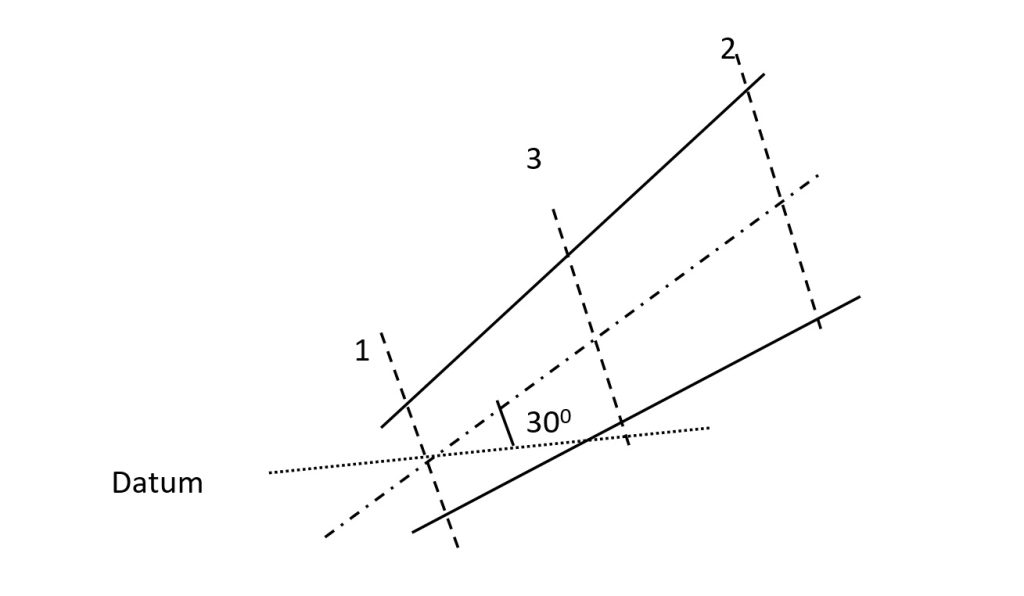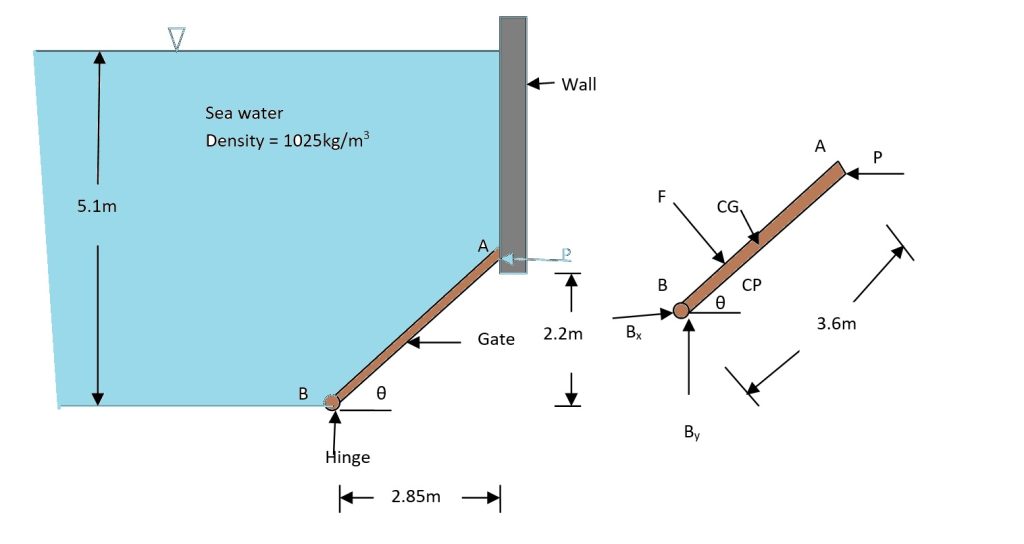Problem Statement
A gas weighs 16 N/m³ at 25°C and at an absolute pressure of 0.25 N/mm². Determine the gas constant and density of the gas.
Given Data
- Weight Density, \(w = 16 \, \text{N/m}^3\)
- Temperature, \(t = 25^\circ\text{C}\)
- Absolute Pressure, \(p = 0.25 \, \text{N/mm}^2\)
Solution
1. Convert Units to a Consistent System (SI)
It's essential to work with consistent units. We will convert temperature to Kelvin (K) and pressure to N/m².
Temperature Conversion:
Pressure Conversion:
2. Calculate the Density of the Gas
Density (\(\rho\)) is related to weight density (\(w\)) by the acceleration due to gravity (\(g \approx 9.81 \, \text{m/s}^2\)).
3. Determine the Gas Constant
Using the Ideal Gas Law equation, we can solve for the specific gas constant (\(R\)).
Density of the gas, \( \rho \approx 1.631 \, \text{kg/m}^3 \)
Gas constant, \( R \approx 514.8 \, \text{J/(kg}\cdot\text{K)} \)
Explanation of Concepts
1. Density vs. Weight Density:
Density (\(\rho\)) is the mass of a substance per unit volume (kg/m³). It's an intrinsic property of the material.
Weight Density (\(w\)) is the weight of a substance per unit volume (N/m³). It depends on both the mass and the local gravitational acceleration (\(w = \rho g\)).
2. Ideal Gas Law:
The Ideal Gas Law (\(p = \rho R T\)) is a fundamental equation of state that describes the relationship between pressure (\(p\)), density (\(\rho\)), the specific gas constant (\(R\)), and absolute temperature (\(T\)) for many gases at low pressures and high temperatures. It's crucial for this calculation.
3. Absolute Temperature and Pressure:
Thermodynamic calculations, like the Ideal Gas Law, require absolute scales. Temperature must be in Kelvin (K), and pressure must be absolute (not gauge) pressure for the relationship to hold true.
Physical Meaning
Density: The calculated density of \(1.631 \, \text{kg/m}^3\) tells us how much mass of this gas is packed into a one-cubic-meter space under the given conditions. For comparison, the density of air at sea level is about \(1.225 \, \text{kg/m}^3\), so this gas is slightly denser than air.
Gas Constant (R): The specific gas constant \(R = 514.8 \, \text{J/(kg}\cdot\text{K)}\) is a unique property of this particular gas. It relates the energy content of the gas to its temperature and mass. Different gases have different gas constants (e.g., for dry air, R is approximately \(287 \, \text{J/(kg}\cdot\text{K)}\)). This value could be used to help identify the gas.




